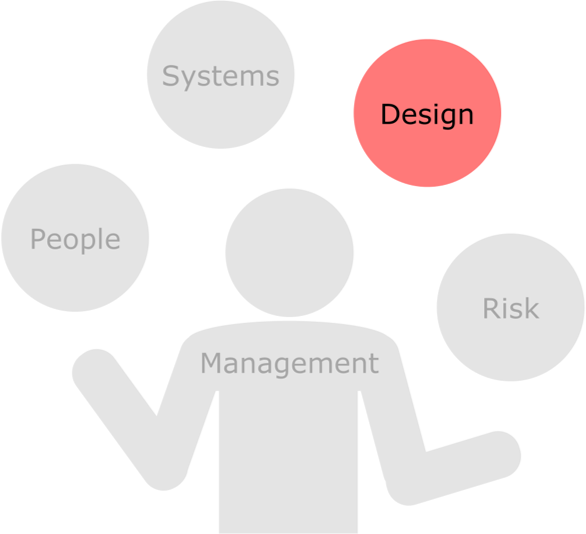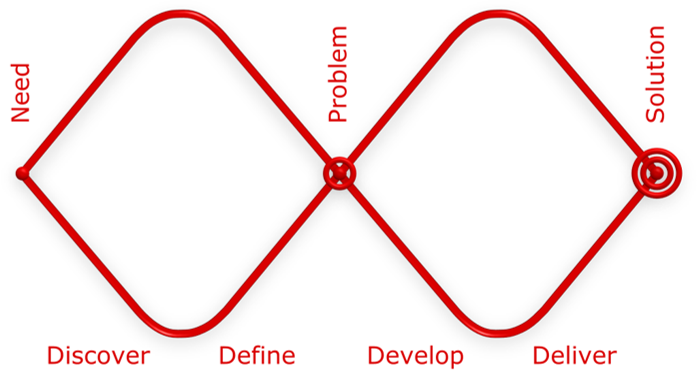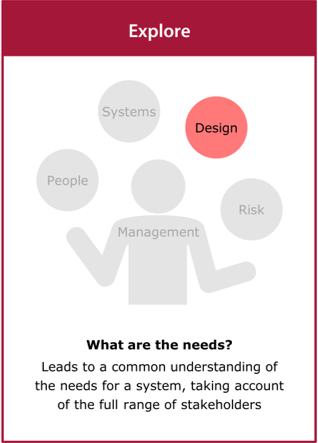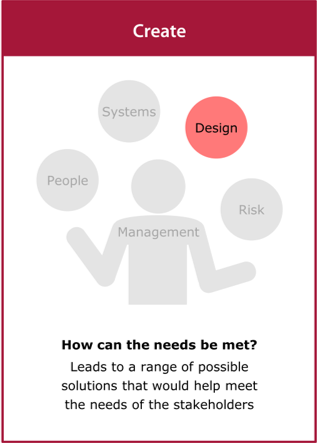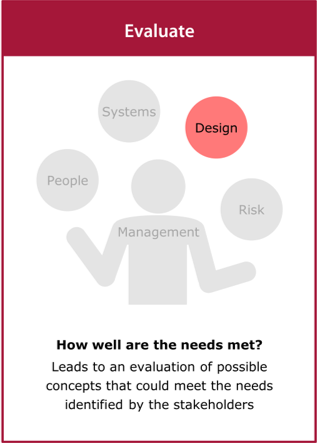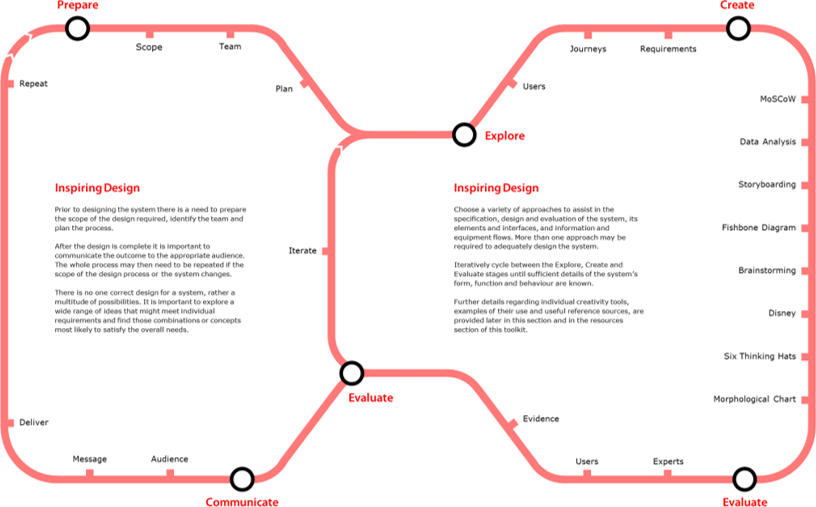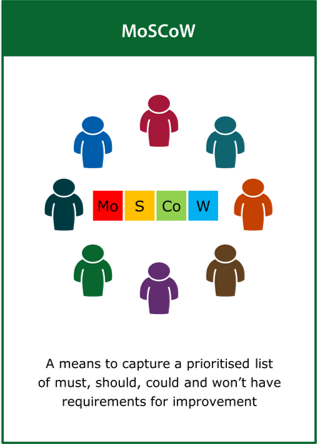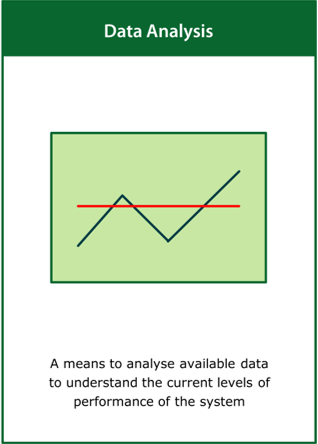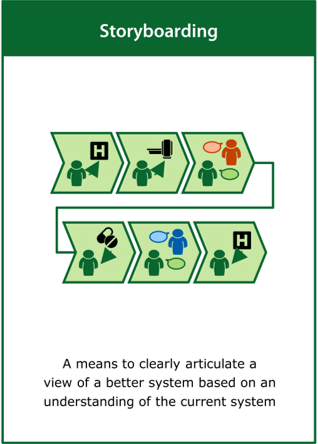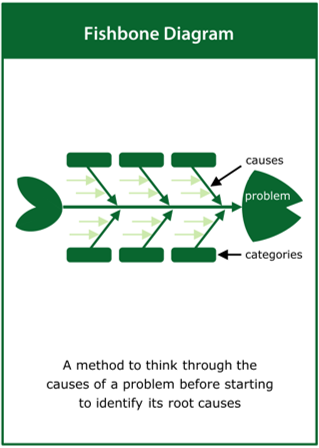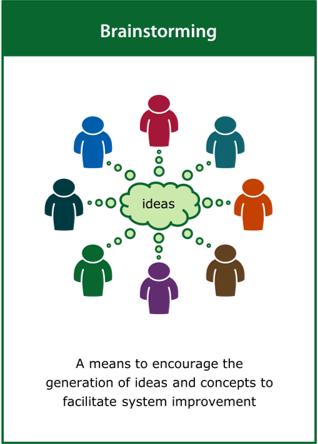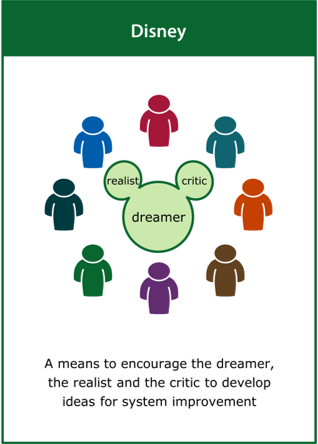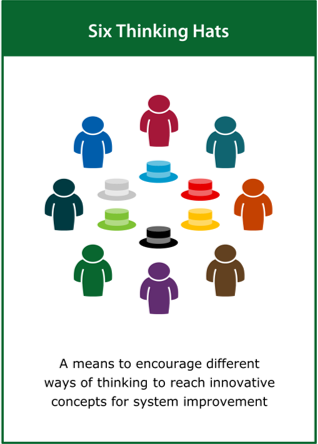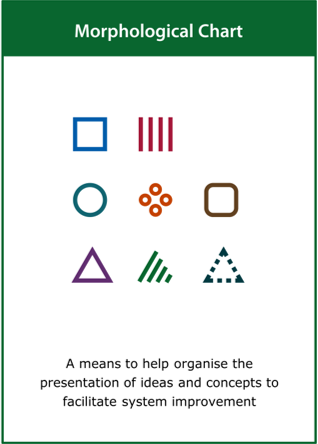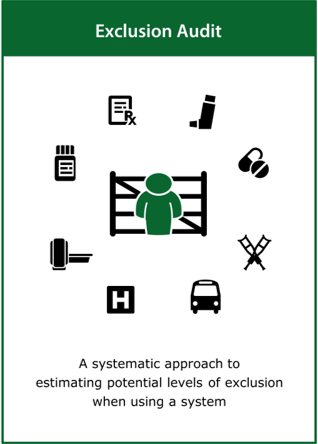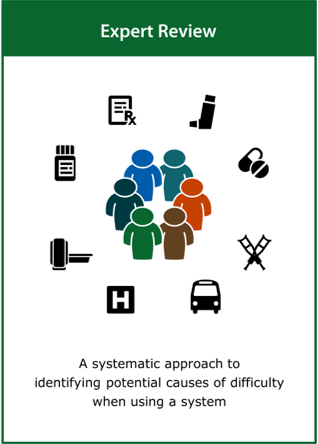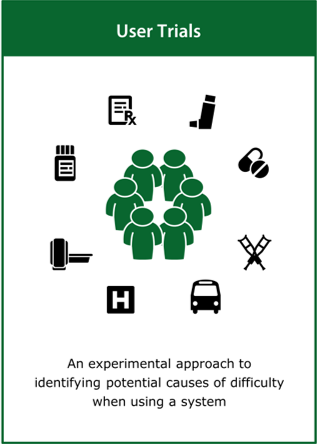A design perspective ensures that systems are delivered using a range of perspectives, creative approaches and evaluation strategies in order to meet stakeholder needs.
Contents
Introduction
It has been argued that many problems addressed by designers are wicked problems, defined as a class of problems that are ill-formulated, where the information is contradictory, where there are many stakeholders with conflicting values, and where the behaviours in the system are confusing. In response, the Design Council’s double diamond1 comprises an initial analytical phase, which determines all of the elements of the problem and specifies the requirements for a successful solution, and a synthesis phase, which generates a range of possible conceptual solutions and an implementation plan.
In practice, design is iterative in nature, comprising multiple explore, create and evaluate cycles that enable a team to progress from understanding the need through to developing the solution. Design can be seen as a risk reduction exercise, set to maximise the chances of delivering the right solution to the right problem reflecting the right need.
The design process is typical of those used to address wicked problems2, where it is not only highly creative, but also very likely to be highly iterative in order to deal with the intrinsic uncertainty in understanding the real needs and finding an appropriate solution. This is evidenced by the Institute for Healthcare Improvement’s iterative model for improvement (Aim, Feedback, Changes, Plan, Do, Study, Act) often encountered in health and care, where the planning stage is particularly influential in ensuring the delivery of safe systems into practice.
Footnotes
- Eleven lessons managing design in eleven global companies. Design Council, London, UK, 2007.
- Dilemmas in a general theory of planning. Rittel and Webber. Policy Sciences, 4(2):155-169, 1973.
Questions
Explore
What are the needs?
The explore phase asks the question ‘What are the needs?’ and leads to a common and accepted understanding of the likely needs for a system, taking account of the full range of stakeholders. It is likely to include a variety of activities that can help build this understanding and draw the findings together, for example:
- Observe users to reveal what they really need
- Generate personas to represent key users
- Describe typical user journeys within the system
Create
How can the needs be met?
The create phase asks the question ‘How can the needs be met?’ and leads to a range of possible concepts and corresponding system solutions that would help meet the needs and criteria for success identified by the explore phase. It is likely to include many of the activities commonly thought of as conceptual design, for example:
- Generate a wide range of solution ideas that could satisfy the needs
- Make prototypes to demonstrate the solutions’ potential
- Select the best solution(s) for development
Evaluate
How well are the needs met?
The evaluate phase asks the question ‘How well are the needs met?’ and leads to an evaluation, both virtually and in practice, of possible system concepts that could meet the needs and criteria for success identified by the explore phase. It is likely to include activities to provide evidence that the needs are actually met, for example:
- Test the system with experts and users
- Evaluate how well the stakeholders needs are met
- Present evidence from the system evaluation
Process
Useful toolkit resources: the Process worksheet and cards for each of the tools can be downloaded from the Resources part of this toolkit.
Tools
Literature
Brown T and Martin R (2015). Design for Action: How to use design thinking to make great things actually happen. Harvard Business Review, R1509C.
Burns C, Cottam H, Vanstone C and Winhall J (2006). RED Paper 02: Transformation Design. Design Council, London, UK.
Cottam H and Leadbeater C (2004). RED Paper 01 Health: Cocreating Services. Design Council, London, UK.
Design Council (2007). Eleven lessons managing design in eleven global companies. Design Council, London, UK.
Kolko J (2015). Design Thinking Comes of Age: The approach, once used primarily in product design, is now infusing corporate culture. Harvard Business Review, R1509D.
Rittel HWJ & Webber MM (1973). Dilemmas in a general theory of planning. Policy Sciences, 4(2):155-169.
Feedback
We would welcome your feedback on this page:
Privacy policy. If your feedback comments warrant follow-up communication, we will send you an email using the details you have provided. Feedback comments are anonymized and then stored on our file server
Read more about how we use your personal data. Any e-mails that are sent or received are stored on our mail server for up to 24 months.


